A tragic aviation disaster unfolded when an Azerbaijan Airlines flight en route from Baku, Azerbaijan, to Grozny, Russia, crashed near Aktau in western Kazakhstan. The accident, which claimed the lives of 38 individuals, has left authorities and the global community grappling with questions about its cause and potential implications.
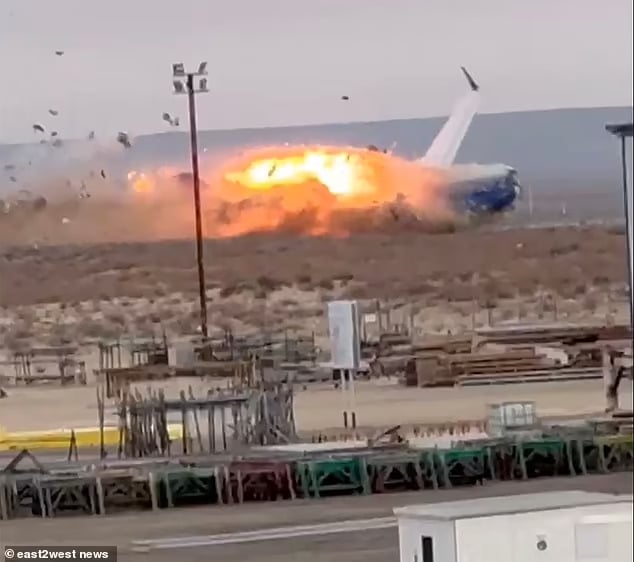
The ill-fated flight was carrying 62 passengers and five crew members. It departed Baku International Airport under seemingly normal conditions, but as it approached Russian airspace, it was forced to divert. The diversion brought the aircraft into a zone of heightened military activity, an area where Russian air defenses have recently been active due to escalations involving Ukrainian drones. Tragically, this diversion led to a catastrophic end as the plane crashed in the desolate Kazakh region.
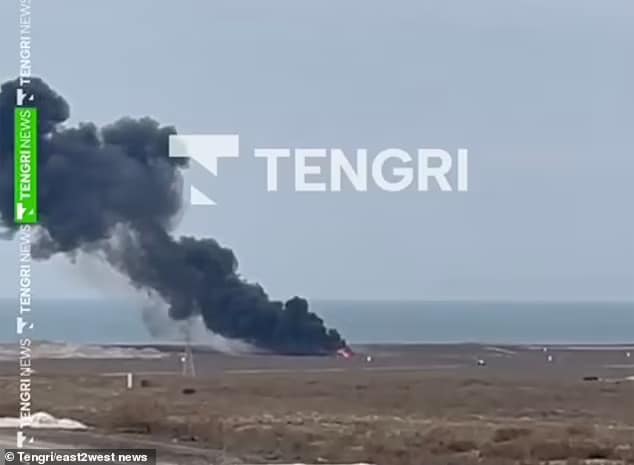
Eyewitnesses reported seeing a fiery descent, with wreckage scattered over a wide area. Emergency responders were quick to arrive, but they could only confirm the grim toll—38 lives lost. Survivors from the wreckage, if any, were not immediately identified, and rescue efforts continue amid challenging conditions in the remote crash site.
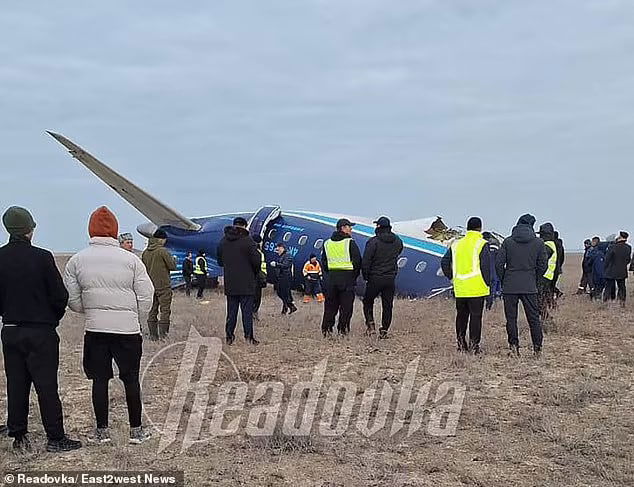
The crash has sparked international concern and speculation over the possible role of Russian military activity in the disaster. Aviation experts and political analysts alike have pointed out the proximity of the crash site to areas where Russian air defense systems are active. This has led to fears that the plane may have been mistakenly targeted or affected by these systems.
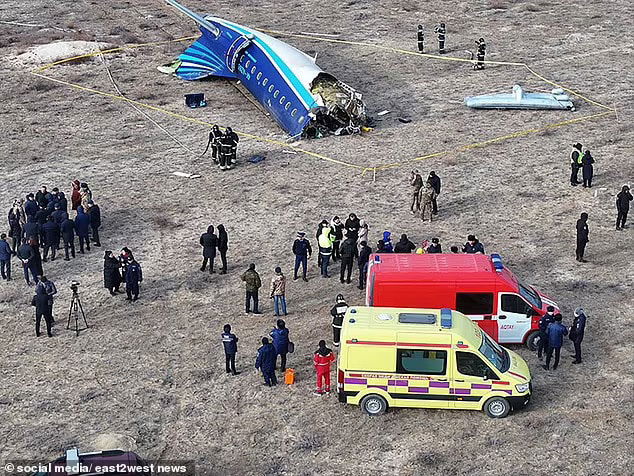
Russia’s ongoing tensions with Ukraine have seen heightened military vigilance along its borders. Reports of drones and other airborne threats have pushed Russian forces to maintain an aggressive defensive posture. Some experts have suggested the possibility of a misfire from Russian antiaircraft systems, while others believe electronic jamming could have disrupted the aircraft’s navigation.
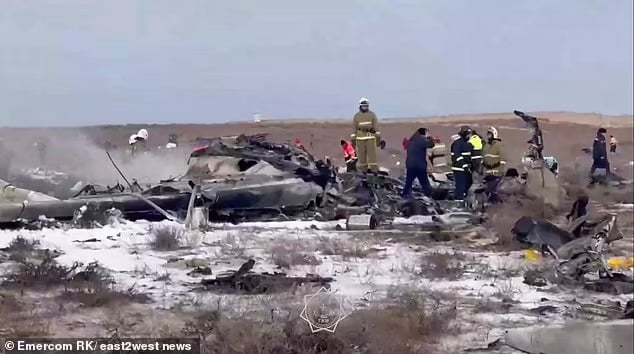
Moments before the crash, the pilot reportedly sent out a cryptic message stating, “We’ve lost control.” This message has been at the center of the investigation, raising questions about whether external interference or technical malfunctions were to blame.
Aviation authorities from Azerbaijan, Kazakhstan, and Russia cooperate to retrieve the aircraft’s black box and analyze flight data. Preliminary results are expected to shed light on whether the disaster was caused by mechanical failure, pilot error, or external factors.
View this post on Instagram
The tragedy has also taken on a political dimension, with officials from Azerbaijan and Russia exchanging guarded statements. While both nations have expressed condolences to the families of the victims, there is growing pressure for a transparent investigation. Critics have voiced concerns about the possibility of a cover-up if Russian involvement is substantiated.
On a human level, the crash has devastated families across multiple nations. Victims included a diverse mix of individuals, from business travelers to families heading to Grozny for personal reasons. Their loss has left a void in their communities, with memorials and vigils being held in their honor.
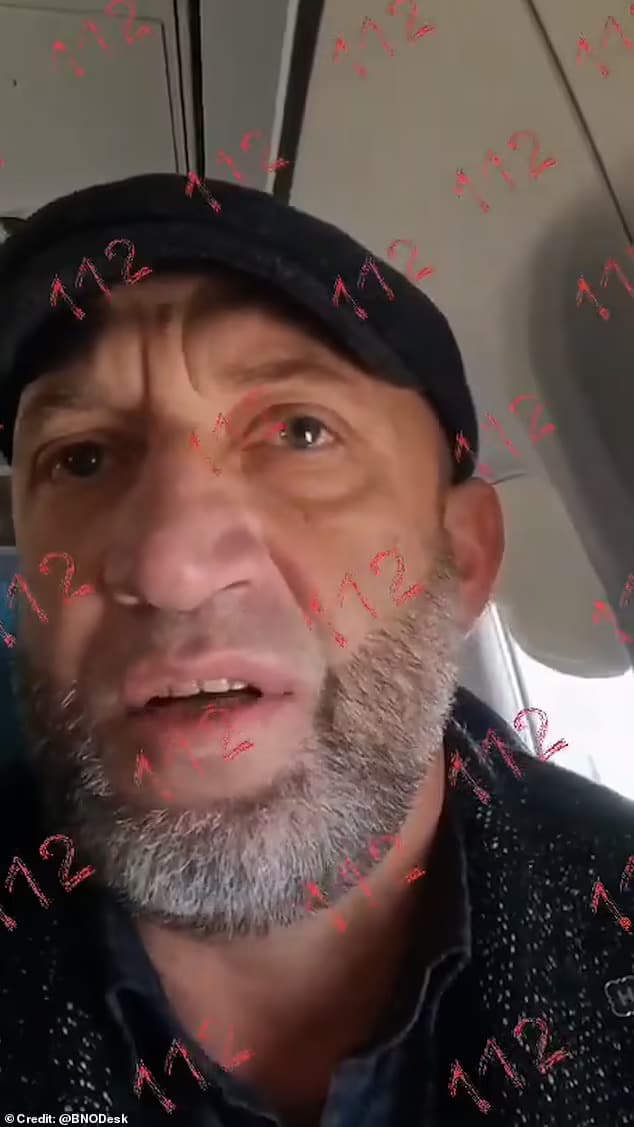
As the investigation progresses, the aviation community and international observers await concrete answers. This incident has underscored the dangers of operating commercial flights in conflict-adjacent regions and the need for robust safety measures. Whether the crash is ultimately attributed to technical failure or external interference, it will likely prompt a reevaluation of flight paths over volatile areas.
This heartbreaking event has left a mark on the global aviation industry, highlighting the fragility of human life and the complexities of operating in politically charged environments.
